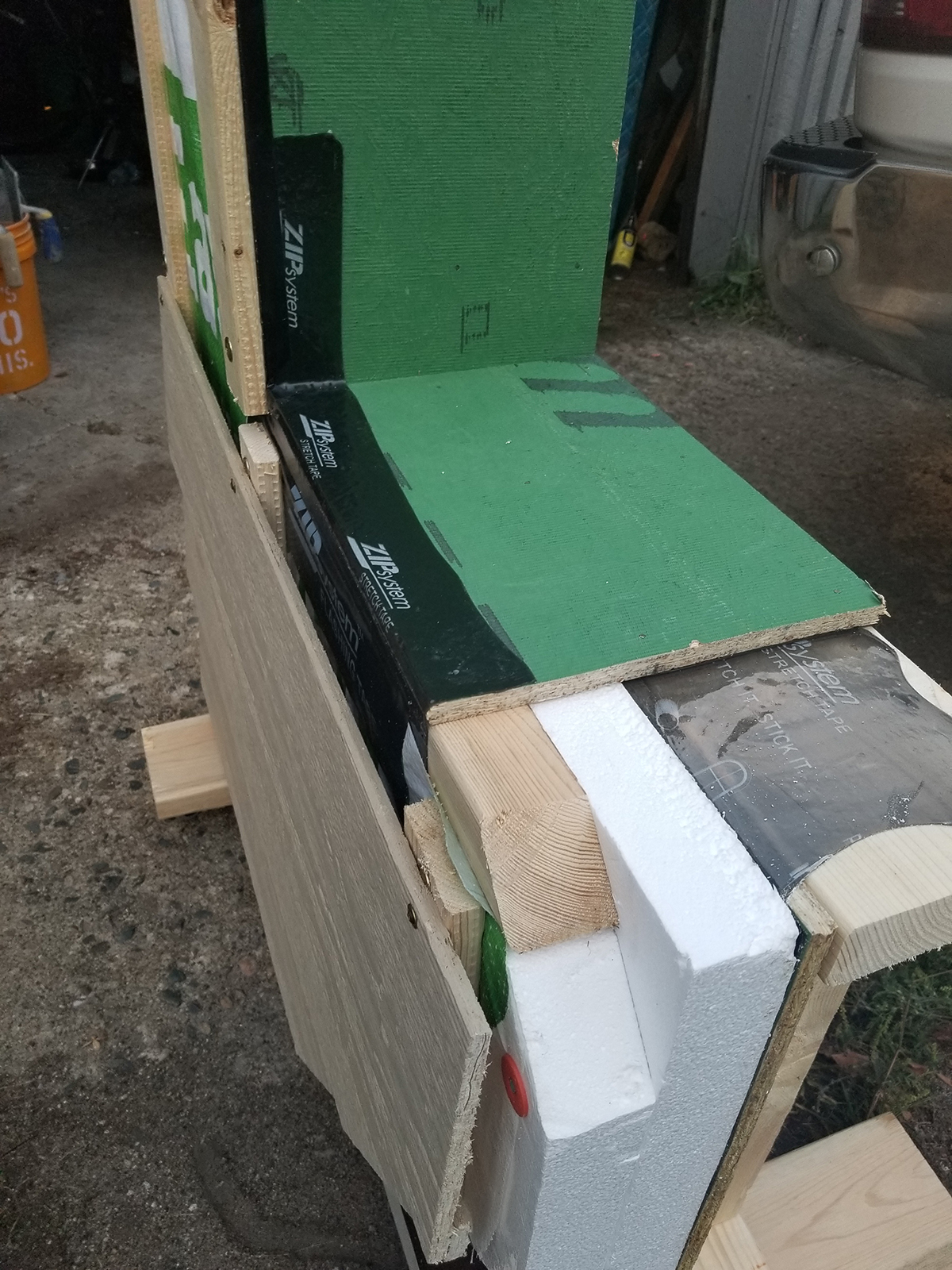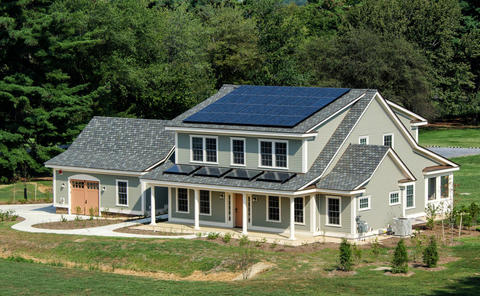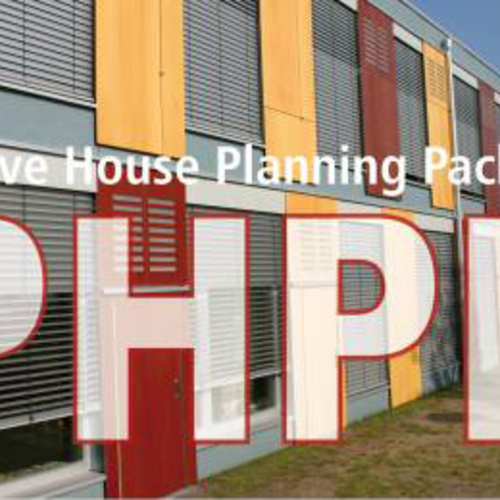
Part of the beauty of reading (and writing for) a site like Green Building Advisor is having a reliable yardstick for just how far we’ve come, and having clear indicators of how much more work needs to get done. Take Martin Holladay’s 2011 article on calculating HERS (Home Energy Rating System) Index scores. He wrote at the time that “most existing homes have a HERS Index over 100, since most existing homes fall short of the requirements of the 2006 [International Energy Conservation Code]. If a rated home gets a HERS index of 100, it can be expected to use the same amount of energy as a code-minimum home of the same size—a home equipped with ‘typical’ lighting and appliances that are operated according to average American usage patterns.”
Fast forward to today
While a HERS index score of 100 for new homes is still considered baseline in most markets, it has increasingly become an indicator of a poorly designed home. (Hint: lower scores = greater energy efficiency, with a score of 0 being net-zero energy.) For any states opting into the 2021 IECC, with its various blower door and duct testing requirements, among others, home builders using the ERI compliance path will need to achieve HERS scores between 40 and 50, depending on the climate zone. For reference, in 2021, Texas had over 70,000 homes obtain HERS ratings, with an average score of 59, which is still within spitting distance of the 2015 IECC requirements (Texas’s current adopted residential code), which sets HERS score thresholds at 52, 51, and 54 for Climate Zones 2, 3, and 4, respectively, all of which represent portions of the Lone Star State.
So, what does all this mean? Answer: we’ve come a long way, but still have a long way to go. Aiding in that effort are evermore sophisticated, RESNET-accredited home energy rating software programs that not only calculate a home’s HERS index score but can be customized to find efficiencies relative to construction costs and timelines, local building codes, and various federal and state incentives for making efficiency upgrades.
Right around the time Holladay published his 2011 article, the MIT startup Ekotrope was founded. Now an undisputed leader in this arena, the company estimates that its RATER software tool is used for 85% of all HERS ratings in the U.S., or approximately 300,000 homes per year. Ekotrope’s program enables home energy raters to input various components into a whole-house modeling software, including wall and roof assemblies, mechanical equipment, lighting and appliances, on-site power generation, and more. Raters can then use the resulting reports to ensure compliance with certain ASHRAE standards or similar, and certify homes within the ENERGY STAR and/or IECC frameworks. If the home falls short of specified targets, the software tells you why.
In search of user input
Recently, Ekotrope’s Senior Product Manager Eric Winter posted an inquiry in the Q&A forum seeking building and design industry professionals interested in trying energy modeling software to help inform Ekotrope’s product research. The company makes a software tool called Ekotrope RATER that is typically licensed only to the HERS Rating community, according to Winter, but the company is looking to gain insights, as they are considering developing new software solutions for more widespread residential construction use.
The purported benefits of this tool are myriad. For starters, it streamlines sets of tasks and specifications that ultimately make code compliance easier to achieve, whatever the code or standard may be in any given context. And while cloud-based performance modeling tools are becoming more commonplace (e.g., Cove.Tool, EnergyPlus, and STACK, to name a few), most of these tools do not support key programs in the home-building industry, and residential building pros have shown increased interest in performing some modeling themselves as they assess their building designs.
“The reason we want to launch this trial research group is to understand whether there is a broader need for advanced modeling and code compliance tools across the residential building community,” Winter explains. “HERS Ratings are fantastic, and they are the only way to achieve compliance with many programs and earn lucrative incentives. However, not all builders are ready or willing to take that step. We want to explore if we can play a part in helping builders level-up their energy efficiency strategies. This starts with meeting energy codes more easily, and can ultimately lead to capturing certifications and rebates with the help of a HERS professional.”
Ekotrope sees significant engagement among builders and designers on its free R-value and U-factor calculators, which allow users to layer and customize wall, floor, and roof assemblies, and Winter posits that there may be a “significant number of builders” who want access to this kind of HERS-specific modeling software so that they can better take advantage of energy efficiency incentive opportunities. “There are a lot of possibilities to provide additional value to both builders and raters and to improve the conversations between them. Modeling tools can enable better value engineering and decision making, and allow building designs to be better optimized based on variables like costs associated with materials, ease of installation, energy, etc.”
Modeling tools evolve
One popular criticism of the HERS system is that it incentivizes efficiency in a vacuum. In other words, one can build a high-efficiency home with a low index score, but that same home can still consume a lot of energy depending on building size, shape, orientation, number and types of windows, occupant behavior, and more. “The HERS Index can’t predict energy use,” Holladay wrote.
That said, HERS Ratings tools have come a long way. In addition to providing a HERS Index, they can calculate energy consumption, carbon emissions, and compliance with many codes and standards. Ekotrope’s modeling tools also bring utility incentives and tax credits into the mix, and provide advanced-scenario modeling tools to help designers optimize cost and performance.
The incorporation of these financial incentives into modeling tools and HERS Ratings is another clear indicator of just how far we’ve come in the last 15 years or so, since GBA first launched. Consider the last two years alone. The passing of the Inflation Reduction Act and the extension of the 25C and 25D tax credits heavily incentivize energy efficiency upgrades and the introduction of renewables, respectively. Then there are numerous states and municipalities that have enacted their own credit and rebate programs, many of which can be combined with federal credits. And for that matter, let us look to the decades-old 45L tax credit, which today credits up to $5000 for single-family homes eligible to participate in applicable ENERGY STAR programs. There are also Fannie Mae and Freddie Mac rebates for mortgages on homes that meet their energy efficiency standards.
All that information and more is out there, but too often, capitalizing on these incentives requires savvy builders, contractors, and owners who know how to navigate the increasingly complex (yet advantageous) gaggle of credits, rebates, and other policies that are designed to decarbonize whole sectors and benefit consumers along the way. If we can mainstream these incentives via software tools like Ekotrope, we may be able to help more builders achieve high energy performance targets without incurring added net cost.
In that spirit, Ekotrope’s focus is on determining the level of interest in whole-home energy modeling software for other industry professionals who are certainly aware of the tech, but otherwise haven’t had occasion to use these types of tools first-hand. Winter praises the fact that Ekotrope works closely with some of the country’s largest publicly traded builders interested in improving the energy efficiency of the homes they build. He also acknowledges that achieving greater efficiency across the board will require contributions from smaller builders; the value of small and mid-tier home builders having access to software that could help them build more energy-efficient buildings and earn certified HERS Ratings is something worth exploring. Just what that might look like remains an unanswered question.
Anyone interested in participating in this free trial for research purposes should contact Eric Winter at [email protected].
_______________________________________________________________________
Justin R. Wolf is a Maine-based writer who covers green building trends and energy policy.
Weekly Newsletter
Get building science and energy efficiency advice, plus special offers, in your inbox.














2 Comments
Justin,
This looks interesting, are there any energy retrofit options that can be run through this software for existing homes? A lot of good houses out there that can be made quite efficient with the right approach.
Doug
Doug
I see this on their website: https://www.ekotrope.com/renovations-and-additions
Ethan
Log in or create an account to post a comment.
Sign up Log in